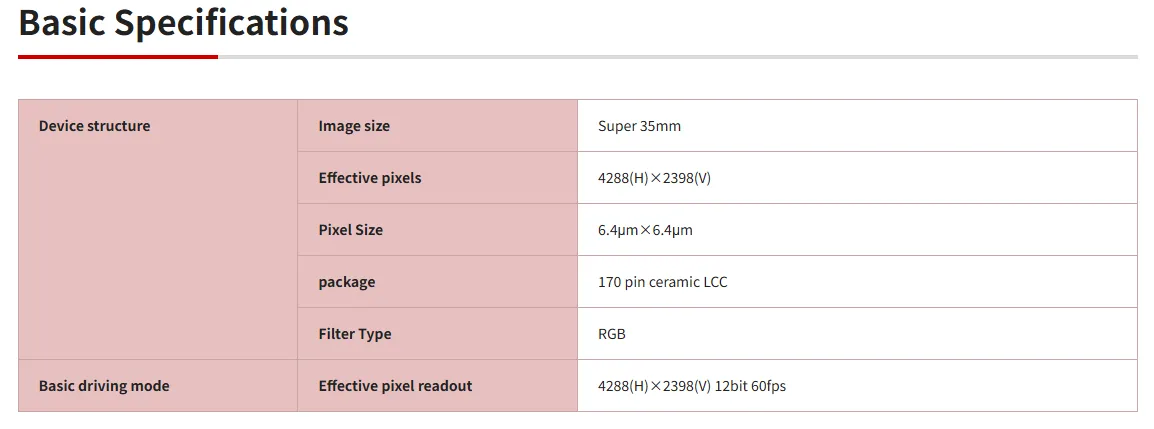
Remarkable 98-Million-Year-Old Ichthyosaur Fossil Found in New Zealand Shakes Up Paleontology!
2024-12-09
Author: Liam
Introduction
Paleontologists have made an incredible discovery in New Zealand, unearthing a partial skeleton of a platypterygiid ichthyosaur dating back an astonishing 98 million years to the Cretaceous period. This find is capturing the attention of scientists worldwide, as it offers new insights into the diversity and adaptation of marine reptiles from a time when dinosaurs roamed the Earth.
Ichthyosaurs Overview
Ichthyosaurs were a group of secondarily aquatic marine reptiles that dominated the oceans for a significant portion of the Mesozoic Era. According to George Young, a paleontologist from the University of Canterbury, "Ichthyosaurs first appeared in the Early Triassic and continued to thrive until their mysterious extinction at the Cenomanian-Turonian boundary." This recent discovery challenges previous notions that Cretaceous ichthyosaurs were a low-diversity group struggling to survive after the Jurassic period.
Discovery Location and Significance
Remarkably, the newly found skeleton was excavated in the Coverham area, located at the northern end of the Waiau Toa/Clarence valley, an area rich in fossil history. The specimen is a disarticulated partial skeleton encased within a natural concretion and is noted for its exceptional preservation, particularly of the pelvis and hindfin—features rarely found intact in Cretaceous ichthyosaurs.
Unique Characteristics
This specific ichthyosaur specimen is setting itself apart from others found in New Zealand, as it holds the title of the most completely preserved individual ichthyosaur known from the region. Young and his colleagues described its anatomy, highlighting features that indicate it is closely related to Platypterygius australis, a species known from Eastern Gondwana. They suggest that the findings offer clues to the ecological dynamics of Cretaceous marine life.
Implications of the Discovery
One fascinating takeaway from this discovery is the possibility of regional diversity among the ichthyosaur populations of Gondwana. Unlike previously known Cretaceous ichthyosaurs found in Western Gondwana, this new specimen appears to be evolutionarily distinct, indicating a complex web of species distribution and adaptation in prehistoric oceans.
Conclusion
Researchers expressed excitement over the implications of this find, noting, "The new New Zealand ichthyosaur enriches our understanding of Gondwanan marine reptiles and highlights a potentially regionalized distribution of ichthyosaurs during the Cretaceous." This important fossil discovery not only enriches the scientific community's knowledge about ancient marine life but also bolsters New Zealand's reputation as a pivotal location for paleontological research.
Future Research
Stay tuned, as the full details of this groundbreaking find will soon be published in the Journal of Vertebrate Paleontology! What other secrets does the ancient world hold for us? Only time—and further discoveries—will tell!









 Brasil (PT)
Brasil (PT)
 Canada (EN)
Canada (EN)
 Chile (ES)
Chile (ES)
 España (ES)
España (ES)
 France (FR)
France (FR)
 Hong Kong (EN)
Hong Kong (EN)
 Italia (IT)
Italia (IT)
 日本 (JA)
日本 (JA)
 Magyarország (HU)
Magyarország (HU)
 Norge (NO)
Norge (NO)
 Polska (PL)
Polska (PL)
 Schweiz (DE)
Schweiz (DE)
 Singapore (EN)
Singapore (EN)
 Sverige (SV)
Sverige (SV)
 Suomi (FI)
Suomi (FI)
 Türkiye (TR)
Türkiye (TR)